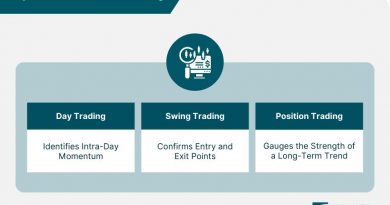Marginal VaR What it is How it Works Example
Marginal VaR is the additional risk that a new investment position adds to a firm or portfolio. It allows risk managers to study the effects of adding or subtracting positions from an investment portfolio.
Value at risk (VaR) is affected by the correlation of investment positions, so it is not enough to consider an individual investment’s VaR level in isolation. Instead, it must be compared with the total portfolio to determine its contribution to the portfolio’s VaR amount.
Key Takeaways:
– Marginal VaR computes the incremental change in aggregate risk due to adding one more investment.
– VaR models the probability of a loss for a firm or portfolio based on statistical techniques.
– Marginal VaR allows risk managers or investors to understand how new investments will alter their VaR picture.
VaR is a statistical technique that measures and quantifies the financial risk within a firm, portfolio, or position over a specific time frame. It is commonly used by investment and commercial banks to determine potential losses in their portfolios and control risk exposure. VaR calculations can be applied to specific positions or entire portfolios.
An individual investment’s VaR may be high individually, but if it is negatively correlated to the portfolio, its contribution to the portfolio’s VaR may be lower than its individual VaR.
When measuring the effects of changing positions on portfolio risk, individual VARs are not sufficient. Marginal VaR helps isolate security-specific risk added by an additional dollar of exposure.
Example:
Consider a portfolio with only two investments. Investment X has a VaR of $500 and investment Y has a VaR of $500. Depending on the correlation between investments X and Y, combining them as a portfolio may result in a portfolio VaR of only $750. This means that the marginal value at risk of adding either investment to the portfolio was $250.
Marginal VaR vs. Incremental VaR:
Incremental VaR gives the precise amount of risk added or subtracted by a position to the whole portfolio, while marginal VaR is an estimation of the total change in risk. Incremental VaR is a more precise measurement, as it requires additional information such as the portfolio’s standard deviation, rate of return, and the rate of return and portfolio share of the asset in question.



